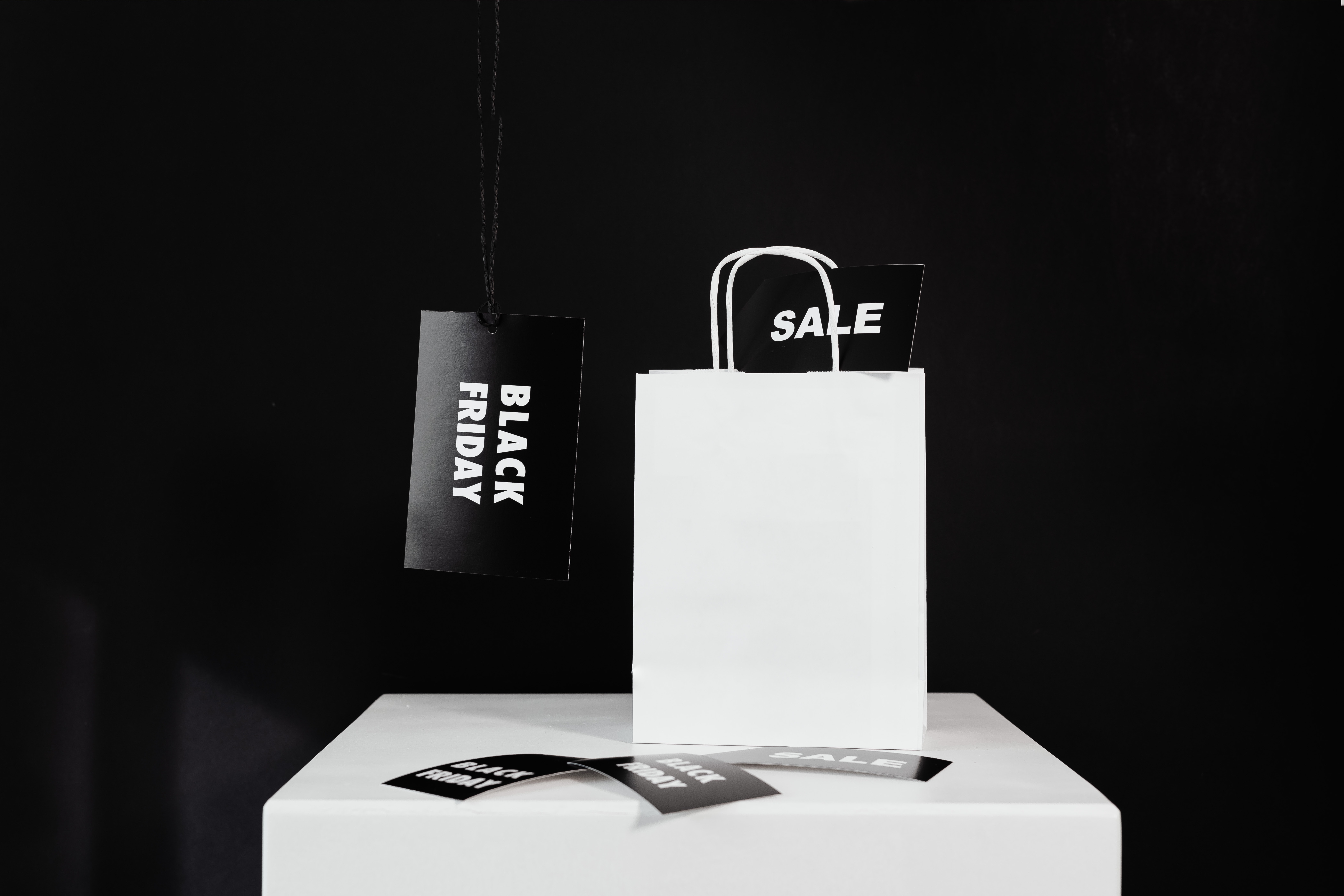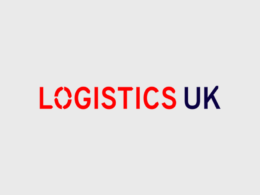by Alex Buckley, General Manager of EMEA & APAC Operations at DispatchTrack.
It’s not just your imagination, Black Friday deals are coming out earlier than ever this year, and the Black Friday shopping season is threatening to take over the whole month of November. For retailers, this can be a mixed blessing. On the one hand, a longer, more sustained period of high sales is great for business. On the other, there are real logistics challenges that come with delivering a high volume of orders over the course of the month.
The stakes here can be quite high. Customers still expect their orders to be delivered on-time, regardless of what’s happening in the larger supply and logistics chain, and it can be difficult to maintain customer loyalty if you can’t seamlessly pull off Black Friday deliveries. Luckily, there’s a lot that logistics operations can do to prepare for the impending capacity crunch.
Make sure your technology and processes scale
To get peak season deliveries right, you’ll ultimately need a seamless fulfilment process that enables you to easily take in orders, schedule them in a way that maximises both capacity and on-time performance, and ensure constant visibility to customers, all at much higher volumes than usual. That’s why it’s so important to start from a position in which you have the ability to scale easily.
In practice, there are a few crucial ways to ensure that scalability isn’t an issue:
- Ensure that you can create daily delivery plans quickly. If your current route planning process, for instance, takes hours, then you’re setting yourself up for failure when more orders than usual come in.
- At the same time, make sure that your technology doesn’t slow down or grind to a halt when it’s asked to route more stops or send out more notifications than in a typical week. If you’re using on-prem rather than SaaS technology, this can be difficult to ensure.
- If you use third party fleets or drivers at this time of year, make sure you have an easy way of sharing data bidirectionally between your operation and theirs.
Optimise your routes
Another big piece of the puzzle when it comes to meeting increased demand is knowing that you’re getting as much out of your existing delivery capacity as possible. The best way to do that is with route optimisation.
Not only should a robust route optimisation process give you the ability to rapidly calculate the sequence of stops that involves the shortest total driving distance, it should also enable you to predict the delivery ETA at each stop with high precision. When you can make that happen, you can much more easily avoid assigning too many stops, or too few, to a particular driver. These two elements combine to ensure that you’re getting as much out of your routes as possible without risking the delivery chaos that comes when drivers are always running late.
Give customers multiple fulfilment options
This one might seem a little counterintuitive. After all, it’s going to be hard enough to fulfil a huge volume of orders without the added complexity of letting customers choose their own timeslots, but there are a couple of ways to make this work for you:
- Offer customer pickup options. This obviously won’t be feasible for every business, but if you have a brick-and-mortar store and can roll out a smooth pickup logistics workflow, you can take some of the pressure off your drivers and give customers more convenient options at the same time. Likewise, some customers might find it more convenient to have the option to pick up from delivery locker locations.
- Enable capacity-aware scheduling. When customers have carte blanche to pick their own delivery windows, things tend to bunch up on the weekends, but when you’re presenting options that have been dynamically generated based on your capacity, that problem vanishes. And once you have a system like that in place, you can choose to incentivise delivery options that make life easier for you, e.g., by offering a discount for customers who choose a later delivery time.
Paradoxically, offering this kind of flexibility to customers actually gives you more tools for taking control of high-capacity fulfilment.
Stay flexible
There’s a lot you can do right now to prepare for dealing with Black Friday, to say nothing of the holiday shopping season that’s waiting in the wings. But there’s also no way to plan for everything in advance. There will always be disruptions, last-minute cancellations, vehicle breakdowns, and other unplanned-for events, no matter how carefully you’ve optimised your last mile logistics processes, especially around periods of high demand.
That’s why, no matter how much planning goes into your logistics processes, you need to find a way to stay flexible. The ability to quickly spot potential problems, update your plans on a moment’s notice, and keep customers and drivers apprised of changing conditions in real time is paramount.
This can include back-office processes as well, e.g., automating driver billing based on delivery data in order to free up time that can be better spent on more valuable tasks. It also pays to empower your drivers with a certain amount of flexibility throughout the delivery process. If they have the power to communicate with customers, process returns on the spot, and otherwise provide a great customer experience, they’ll feel more empowered at work (more like a brand ambassador than a driver) and will thus be less likely to churn right in the middle of your busiest period.
If you can make all of that happen by putting the right technology and processes in place, you can thrive around Black Friday and beyond.













